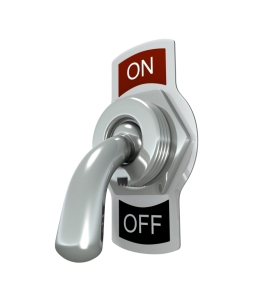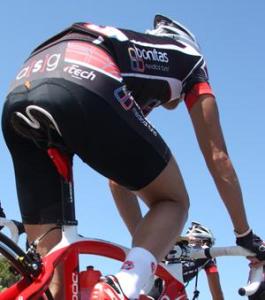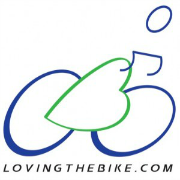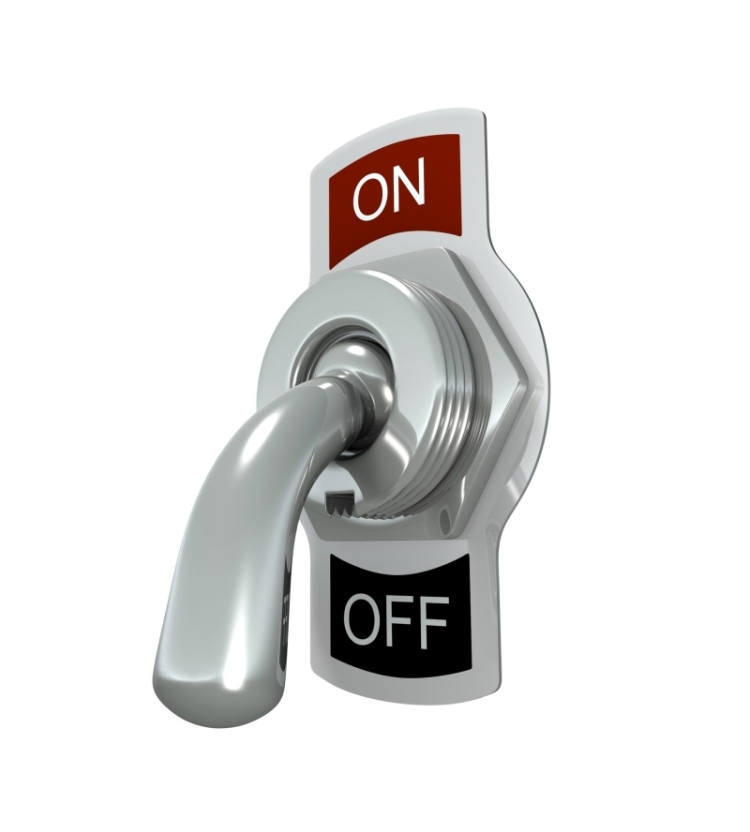 Erectile dysfunction (ED) is a common problem, but this doesn’t mean it isn’t distressing to those who suffer from it. With this in mind, you might be determined to do all you can to reduce the risk that you will experience it. Alternatively, if you already have ED, you’ll no doubt be keen to find effective treatments.
Erectile dysfunction (ED) is a common problem, but this doesn’t mean it isn’t distressing to those who suffer from it. With this in mind, you might be determined to do all you can to reduce the risk that you will experience it. Alternatively, if you already have ED, you’ll no doubt be keen to find effective treatments.
There is now a range of medicines available that can help. For example, Levitra, which contains the active ingredient vardenafil, is a tablet that can be taken to increase blood flow to the penis. Depending on the cause of the problem, attending counselling or making lifestyle changes may be beneficial too.
Meanwhile, if you cycle, you might be surprised to learn that this form of exercise could be contributing to your ED. According to a 2005 study published in the Journal of Sexual Medicine, four per cent of male cyclists who spent at least three hours a week on bikes experienced mild to severe ED. In contrast, only one per cent of runners reported the same problem.
The following guide explains why this is the case and details techniques to help you avoid raising your risk of ED while in the saddle.
Biology
When you sit on your bike seat, you put pressure on the perineum. This part of your body runs from your anus to your sex organs and it contains nerves and arteries that supply the penis. The shape of saddles means that these important nerves and arteries can be compressed. Over time, this can cause damage and limit sensation. In turn, this can reduce blood flow to the penis, raising the risk of ED.
Reduce the danger
 You don’t have to scrap your bike just yet though. There are ways to control the risk that you will develop ED. For example, choose a wide bike seat with plenty of padding. These seats cause less damage than narrow racing versions.
You don’t have to scrap your bike just yet though. There are ways to control the risk that you will develop ED. For example, choose a wide bike seat with plenty of padding. These seats cause less damage than narrow racing versions.
Also, make sure you don’t tilt your saddle upwards as this can raise pressure levels on your perineum. Ensure your seat is at the correct height too. You legs shouldn’t be completely extended at the bottom of your pedal stroke.
For added protection, it may be worth wearing special padded bike pants too. Meanwhile, on long journeys try to shift your position and take plenty of breaks.
Any time you notice numbness or tingling in your perineum or the surrounding area, get off your bike. If this problem occurs time and again, you might have to change your saddle or make other adjustments.
As long as you follow advice like this, you should be able to carry on cycling without fear that it will cause or exacerbate ED.

